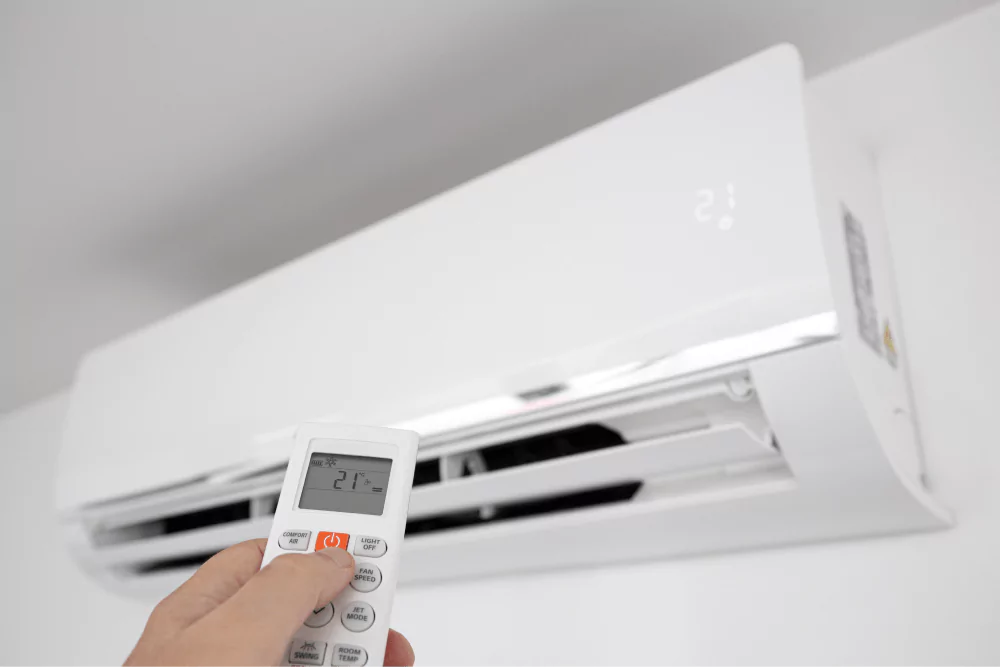
In the pursuit of personalized comfort and energy savings, homeowners are increasingly turning to innovative solutions, with ductless AC units taking center stage. This blog post explores the strategic role of ductless AC units in creating zoning systems within homes and highlights how this approach contributes to significant energy savings. Let’s dive into the practical aspects of harnessing ductless technology to tailor your indoor climate while optimizing energy efficiency.
Understanding Ductless AC Technology
Ductless AC units, also known as mini-split systems, operate without the need for traditional ductwork. These systems consist of an outdoor unit connected to one or more indoor air handlers, allowing for targeted cooling or heating in specific zones.
Zoning: Tailoring Climate Control to Individual Spaces
One of the defining features of ductless AC units is their ability to create zones within a home. By installing multiple indoor units, each connected to the outdoor compressor, homeowners can independently control the temperature in different rooms or areas. This zoning approach ensures customized comfort for occupants.
Precision Cooling and Heating
Zoning with ductless AC units provides precision control over the temperature in each zone. This is particularly advantageous in homes with varying thermal needs, allowing for warmer conditions in living spaces while keeping bedrooms cooler, for example.
Energy Savings through Zoning
The ability to cool or heat specific zones translates to energy savings. Instead of conditioning the entire home, ductless systems target occupied spaces, reducing the overall workload on the system and minimizing energy consumption. This precision contributes to lower utility bills and a more sustainable approach to home climate control.
Individualized Comfort Preferences
In homes with diverse comfort preferences among occupants, ductless zoning accommodates individual needs. Family members can set their preferred temperatures in different zones, eliminating the need for compromises and ensuring everyone enjoys optimal comfort.
Flexibility in System Design
Ductless AC units offer flexibility in system design, allowing for easy customization based on the layout and requirements of the home. The absence of ductwork simplifies installation and provides more design options for homeowners.
Improved Indoor Air Quality
Ductless systems contribute to enhanced indoor air quality by avoiding the potential for dust and contaminants that can accumulate in traditional ductwork. The absence of ducts reduces the risk of allergens circulating through the home, creating a healthier living environment.
Cost-Effective Retrofits
Ductless AC units are ideal for retrofits in homes without existing ductwork. The ease of installation makes them a cost-effective solution for older homes or additions, providing the benefits of zoning without the need for extensive renovations.
Smart Technology Integration
Many ductless systems come equipped with smart technology features, allowing homeowners to control and monitor their HVAC system remotely. This integration further enhances the ability to manage zones and energy usage efficiently.
Professional Installation for Optimal Performance
While ductless AC units offer numerous benefits, professional installation is key to ensuring optimal performance and energy efficiency. HVAC technicians can assess the layout of the home, recommend the ideal placement of indoor units, and ensure the system is sized correctly for efficient operation.
Conclusion
Ductless AC units have revolutionized the way homeowners approach climate control, offering not only customizable comfort through zoning but also significant energy savings. By strategically integrating ductless technology into your home, you can create an environment where each zone reflects individual preferences while contributing to a more energy-efficient and sustainable living space.